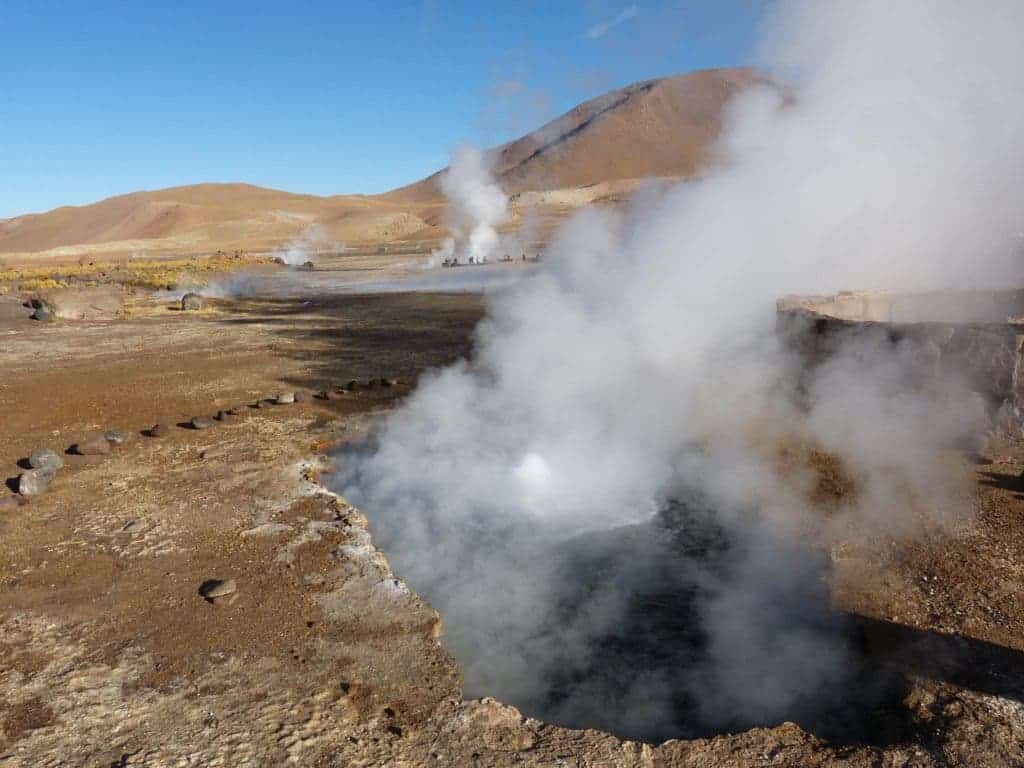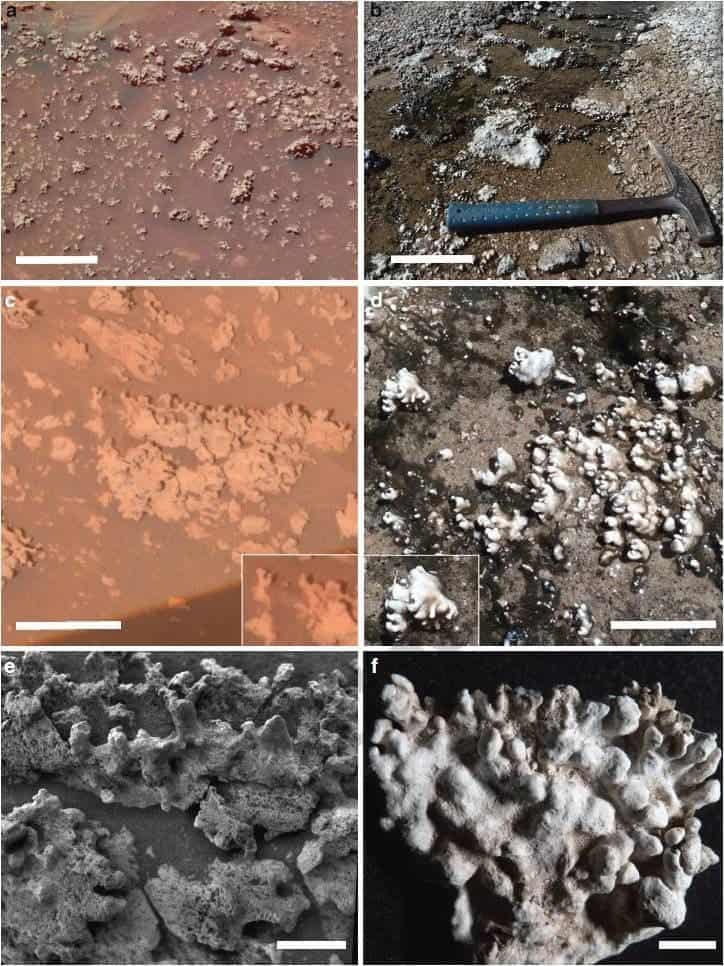Almost ten years ago, in 2007, the old timer Spirit rover found opaline silica for the first time on Mars. These rocks are evidence of past hydrothermal or volcanic activity – some kind of heated geological interaction. The discovery marked a turning point in Martian geology, but afterwards, not much consideration was given to the Home Plate — a plateau of layered rocks that the rover explored in its third year on the Red Planet — and the Gusev Crater where the silica rocks were found. Many years later, researchers from Arizona State University say the features in the rocks found in Gusev Crater are strikingly similar to those collected from active hot springs in Tatio, northern Chile.
Finding signs of past life is still something
“Although fully abiotic processes are not ruled out for the Martian silica structures, they satisfy an a priori definition of potential biosignatures,” the researchers wrote in the study.
Initially, everyone thought the opaline silica deposits found by the Spirit rover formed billions of years ago by fumarole-related acid-sulfate leaching. What they missed, however, were the nodular and millimeter-scale digitate opaline silica structures typically formed by microorganisms living in hot, mineral-rich waters.
Steve Ruff, a planetary scientist at Arizona State University, stumbled one day across a paper describing El Tatio, an incredible hydrothermal system 14,000 feet above sea level. El Tatio is littered with hot springs and geysers channels which contain deposits of opaline silica. Moreover, the site has a low precipitation rate, high mean annual evaporation rate, common diurnal freeze-thaw and extremely high ultraviolet irradiance. All of this makes El Tatio very Mars-like. Ruff was on to something.
The scientist, along with colleagues, traveled to Chile to inspect El Tatio with his own eyes. They collected samples and performed both spectral analysis and high-res imaging. What they later found was that the silica minerals from El Tatio form in shallow, hydrothermal waters. The opaline silica from the site that most closely resemble minerals from Mars were those that were formed in the presence of microbes. Specifically, the nodular tiny features on the minerals form when biofilms — clumped-together mats of microorganisms — stick to them.
“Our results demonstrate that the more Mars-like conditions of El Tatio produce unique deposits, including biomediated silica structures, with characteristics that compare favorably with the Home Plate silica outcrops. The similarities raise the possibility that the Martian silica structures formed in a comparable manner,” the researchers noted at the end of their travels and studies.
“Because we can neither prove nor disprove a biological origin for the microstromatolite-like digitate silica structures at Home Plate, they constitute a potential biosignature according to this definition,” they concluded.
On May 9, 2009, the Spirit rover boggled down, trapped in Mars’ soft soil. The rover continued to function as a stationary measurement platform until it was discontinued in May. 2011. That being said, our only shot of finding out for real whether the opaline silica from Gusev Crater genuinely bears signs of life is to send another rover. NASA has such a mission planned for 2020 but it’s yet to consider a drop off location. In light of these recent findings, maybe Gusev Crater might prove appealing.











